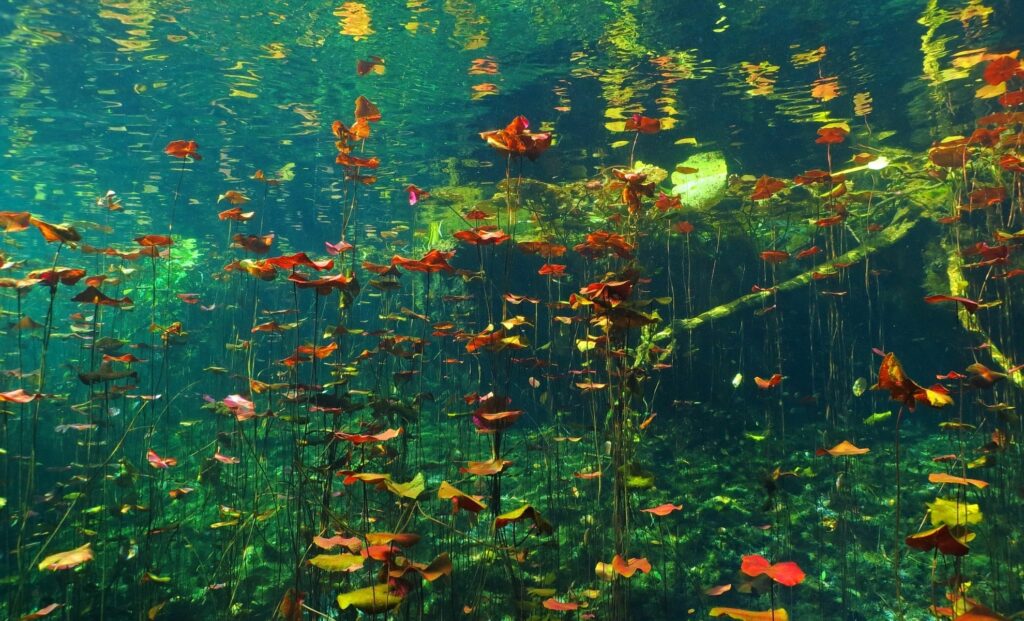Located in the Pacific Ocean, the Coral Triangle covers 5.7 million square kilometers and stretches across the territorial waters of Indonesia, Malaysia, Papua New Guinea, the Philippines, the Solomon Islands, and Timor-Leste. This zone functions like an “underwater highway,” connecting habitats and species across political borders and sustaining the livelihoods of over 120 million people.
Scientists now recognize the Coral Triangle as the most biodiverse marine ecosystem on Earth. It offers a window into the evolution of marine life, supporting food webs and biological interactions that have developed over millions of years. Unlike anything else in the ocean—or on land—its ecological importance is becoming increasingly clear.
A Dense Concentration of Marine Biodiversity
The Coral Triangle’s biological richness is concentrated in a way rarely seen in nature. Marine biologists have recorded more than 3,000 fish species here—ten times more than in all of Europe. Some individual coral reefs within the region contain more species than the entire Caribbean Sea, according to ECO News.
This makes the area an unmatched hotspot for marine evolution. Its coral reefs host a level of species diversity that exceeds even the Amazon rainforest, forming one of the most complex marine ecosystems known to science. These ecosystems have developed intricate relationships between species, shaped by long periods of environmental stability and nutrient circulation.
The Mission Blue Organization refers to the Coral Triangle as a “Classroom of the Sea” because of its potential to advance scientific understanding of marine biodiversity and ecological balance.
Geography, Currents, and Climate Fuel Life Underwater
The Coral Triangle exists not because of a single current or geological feature, but due to a unique convergence of oceanographic and geographical conditions. It lies at the intersection of the Pacific and Indian Oceans, where warm tropical waters, nutrient-rich currents, and a rugged underwater landscape come together to support life.
This region’s irregular seabed, filled with islands, channels, and underwater ridges, creates microhabitats where species can thrive. The Coral Triangle’s layout forms a triangle-shaped bioregion that effectively links island chains and supports vast, interconnected marine communities.
The physical conditions here do more than foster biodiversity—they also sustain major fisheries and shield coastal areas from erosion and extreme weather. For communities in all six nations, this environment forms the basis of food security and economic activity.
A Biological Stronghold Under Serious Threat
Despite its abundance, the Coral Triangle is under intense pressure from human activity. Destructive fishing practices such as blast fishing and the use of cyanide are damaging coral reefs that took millennia to form. Pollution from mining, oil exploration, and coastal development is further weakening the health of this marine stronghold.
Climate change amplifies these threats. Rising ocean temperatures are contributing to coral bleaching, while acidifying waters are making it harder for reefs to grow. The combined impact threatens not only marine species but also the people who rely on them for food and income.
The situation has prompted conservationists and regional governments to push for more robust marine protections. With sustainable tourism and responsible fisheries management, there may still be time to preserve this underwater realm—but its survival is not guaranteed.

